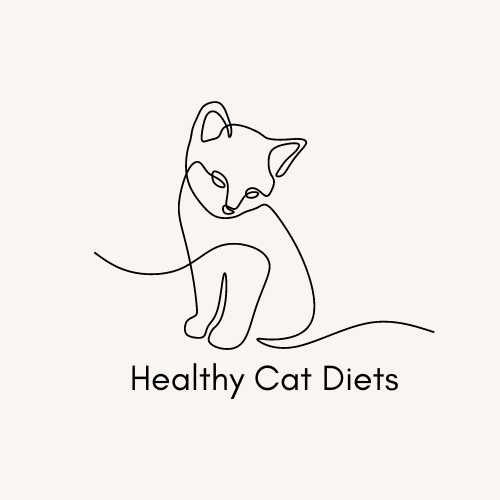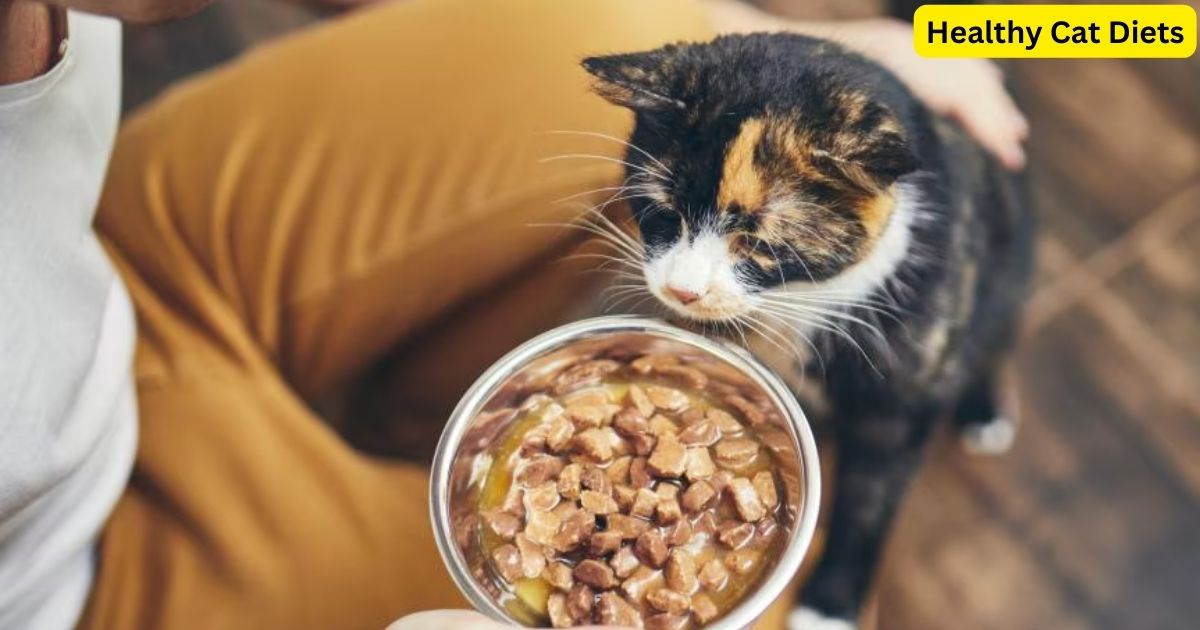Understanding Your Cat’s Dietary Needs
Factors That Affect How Much Your Cat Should Eat
Every cat is unique, and their dietary needs vary based on several factors. Some of the most important considerations include:
- Age: Kittens require more food relative to their size than adults, while senior cats may need fewer calories.
- Weight: Overweight cats require portion control, while underweight cats may need extra food.
- Activity Level: Active cats burn more calories and need more food than sedentary cats.
- Health Conditions: Certain medical conditions, such as diabetes or hyperthyroidism, may require dietary adjustments.
- Food Type: Wet food and dry food have different calorie densities, affecting portion sizes.
Understanding these factors will help you determine the right amount of food to keep your cat healthy.
Why Proper Portion Control Is Important
Feeding your cat the right amount is crucial to maintaining their overall health. Overfeeding can lead to obesity, diabetes, and joint problems, while underfeeding can cause malnutrition, muscle loss, and weakness. Proper portion control ensures your cat gets the necessary nutrients without excess calories.
How Many Cups or Calories Should You Feed Your Cat?
How to Measure Cat Food in Cups and Calories
Most adult cats thrive on two meals per day. The average adult cat should weigh around 10 pounds and eat about 1/3 to 1/2 a cup of dry food per day, which equates to roughly 250 calories. If feeding wet food, adjust portions accordingly since wet food has a different caloric density.
Dry Food vs. Wet Food: Which Is Better?
Both wet and dry food have their pros and cons:
- Dry Food: Convenient, cost-effective, and has a long shelf life but may lack hydration.
- Wet Food: Higher in moisture, better for hydration, and more palatable but can be costlier.
The best diet often involves a balance of both, depending on your cat’s needs and preferences.
How to Adjust Food Portions Based on Weight & Activity
If your cat is gaining weight, reduce portion sizes slightly. If they are losing weight or highly active, increase food intake. Monitoring weight and adjusting portions accordingly is key to maintaining a healthy cat.
Kitten vs. Adult vs. Senior Cat: How Much to Feed

Feeding Guidelines for Kittens
Kittens need frequent meals, usually 4-5 times per day. They require high-protein diets and more calories to support their rapid growth and development.
How Much Food Adult Cats Need Daily
Most adult cats require about 250 calories per day, divided into two meals. Active cats may need more, while less active cats may require less.
Special Dietary Needs for Senior Cats
Senior cats may have slower metabolisms and require fewer calories. Specialized senior cat food with joint-supporting nutrients can be beneficial.
How Often Should You Feed Your Cat?
Free Feeding vs. Scheduled Meals
Free feeding allows constant access to food but can lead to overeating. Scheduled meals help control portions and monitor eating habits.
Best Feeding Schedule for Cats
Most experts recommend feeding cats twice a day, but kittens and senior cats may require more frequent meals.
Common Feeding Mistakes to Avoid
Overfeeding and Obesity Risks
Excessive feeding can lead to weight gain, which increases the risk of diabetes and joint problems.
Underfeeding and Malnutrition Concerns
Not providing enough food can cause deficiencies, muscle loss, and a weakened immune system.
Tips for Ensuring Your Cat Gets Proper Nutrition
Choosing High-Quality Cat Food
Opt for food with real meat as the primary ingredient and avoid fillers like corn and soy.
Balancing Protein, Fats, and Carbohydrates
Cats require a high-protein diet with moderate fats and minimal carbohydrates to thrive.
When to Consult a Vet About Your Cat’s Diet
If your cat shows signs of weight loss, gain, or dietary intolerance, consult a vet for guidance.
By following these feeding guidelines, you can ensure your cat stays healthy and well-nourished!


Leave a Reply